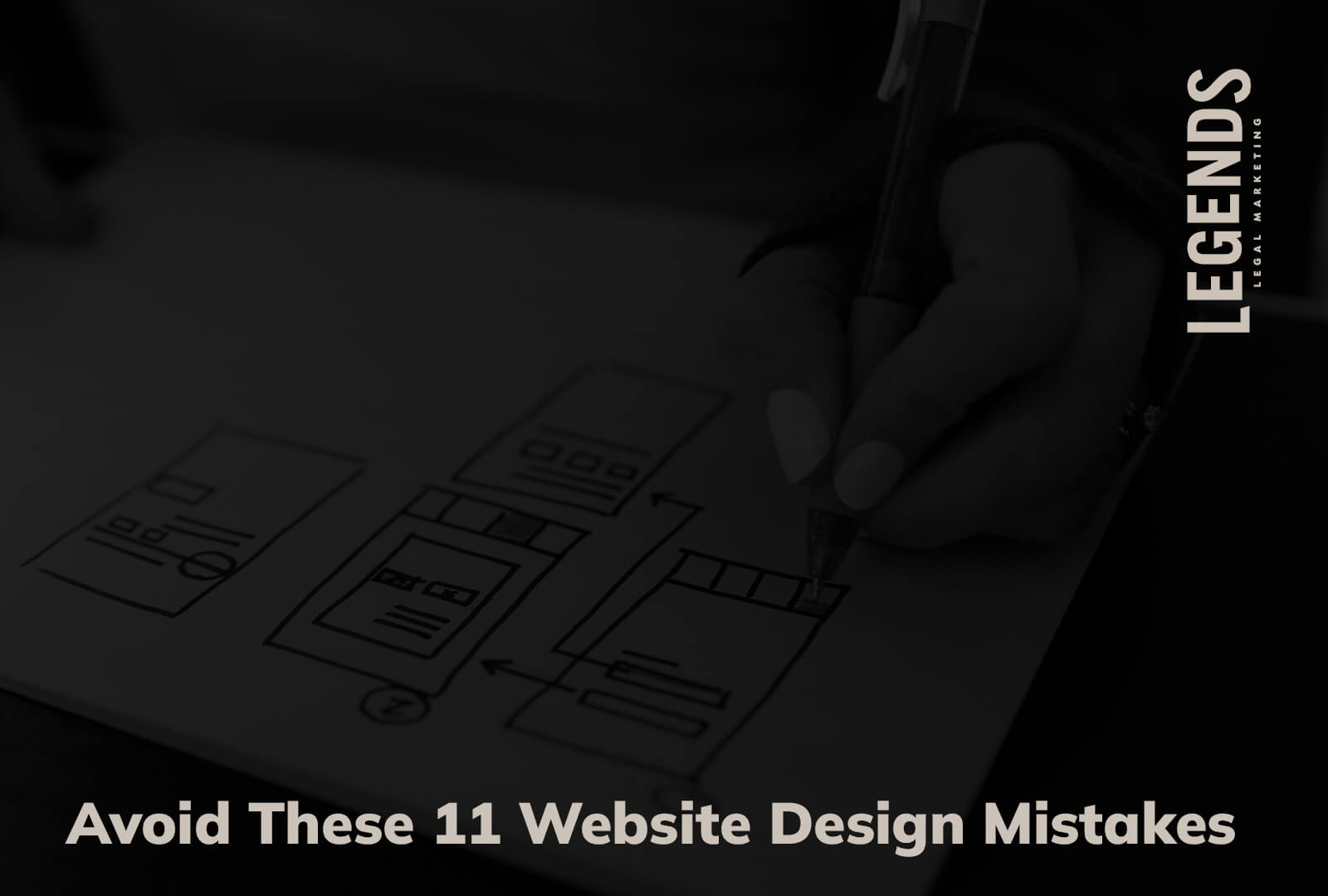Is your website up to snuff? Considering how quickly technology evolves these days, the answer is probably not. Most websites could benefit from a tweak or two from time to time, and you’d be surprised how many websites just need complete overhauls. From unsecure connections to sparse content, your website’s design and content matters.
Here’s a rundown of 11 website design mistakes to avoid.
1. Your Products/Services are Unclear to Web Users
Think of your website as a globally-accessible business card. Does your website succinctly convey what your company does? Are your products and services easily determined from your homepage? Internet users form opinions on websites at lightning speed. If your website isn’t accurately reflecting what your business is about with user-friendly features, it’s time to consult with an expert.
2. Your Website Isn’t Mobile Friendly
Today, most search engine queries come from mobile devices. If your website isn’t easily readable on tablets and smartphones, you’re potentially shutting out droves of customers/clients. Ideally, a mobile website should be accessible and easy to navigate from all types of smartphones and tablets.
3. Slow Load Times
How long does it take your website to load? If it’s more than three seconds, people won’t stick around. A slow loading website means that many of your visitors will return to the web search results page and likely land on a competitor’s website.
4. Unsecure Connections
Website visitors expect secure connections. An overwhelming number of people have become victims of unsecure websites, leaving them vulnerable to data breaches and identity theft. Many browsers will alert website users if your site isn’t secure, so your best bet for keeping people on your site and maintaining your visitors’ privacy is through secure HTTPS certification.
5. Unreadable Font Styles and Sizes
The font on your website is an important component of a user’s experience. The text on your site should be clear and large enough to read. Anything less than 14 px-sized fonts will be difficult to read—especially on mobile devices. The style of your font matters, too. Stick to fonts from the Sans Serif font family for maximum readability.
6. Your Website Doesn’t Utilize H1 & H2 Headings
There are two great reasons to use H1 and H2 headings. The first is that it appeals to Internet users because they tend to skim text to understand the broader meaning of the content on a web page. The other reason for using these kinds of headings is to help search engine algorithms index and rank your website’s pages.
Using these kinds of headings is half the battle. The other important factor to getting the most from H1 and H2 headings is to pack them with keyword-rich summaries for the sections of text they correspond to.
7. Hard-To-Find Contact Information
Is your business address and phone number easy to find? If it’s not, you’re hurting yourself. Research has revealed that 64% of a website’s users want to see the contact information for a business on a website’s homepage.
8. Links That Open New Tabs/Windows
Links are an important aspect of your website’s navigation strategy. They’re also beneficial for helping mobile users get from page to page without cumbersome drop-down menus. Unfortunately, links that open new tabs and browser windows will eat up a mobile user’s bandwidth—affecting their ability to load the pages of your site. Instead, have your links open in the same tab or window. If users want to go back to a page, they can simply use the back button.
9. Poor Social Media Icon Placement
It’s great that you have social media business accounts, and it’s great that they’re on your website, but if these icons are at the top of your website, you run the risk of losing visitors to your social media platforms. It’s best to direct visitors to your social media accounts after they’ve read through the content on your website. Instead of placing social media icon links at the top of web pages, place them in sidebars or at the bottom in the footer section.
10. Lacking Links in Text
While drop-down menus are helpful for computer users, they’re not very user-friendly for people on mobile devices. The text on your website should have linked text that guides your visitors through the various pages of your website. For example, consider listing your services in a sentence and hyperlink each service to its corresponding page.
11. Links & Buttons are Too Small
Take a look at your website’s linkable buttons and icons from a mobile device. If these icons and buttons are difficult to click and require zooming in from a touch screen, they’re too small. Extend the length and width of these icons and buttons to ensure a better user experience.
If your website is in need of some tweaks or you think you could benefit from an overhaul, our digital marketing agency can help. We provide everything from website design to social media marketing. Contact our team today to learn more about how we can help you make the most of your online marketing efforts.




